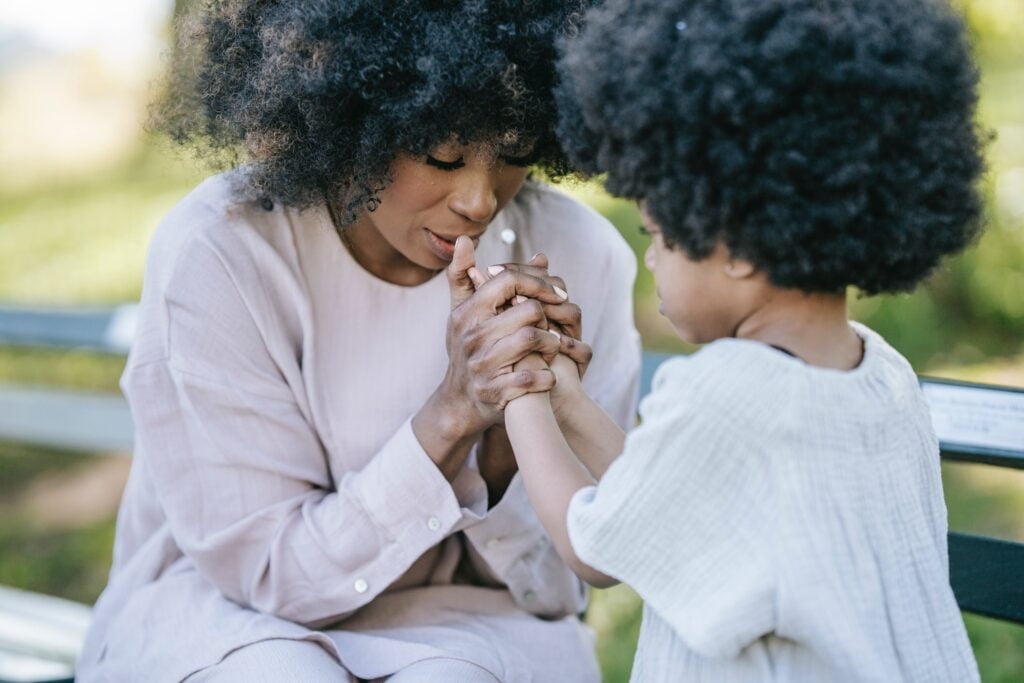Managing Bedtime Anxiety with Co-regulation

Bedtime can instigate anxiety for both children and adults, underscoring the importance of employing effective strategies. Many young children grapple with fears related to the dark, separation from parents, or the overall shift from day to night, leading to overwhelming feelings. Fortunately, there exists a method to address this concern. Co-regulation, a collaborative process, involves parents aiding their children in navigating and understanding their emotions and behaviors. The cultivation of self-regulation skills is crucial for young children, and if you have a child in this stage, you understand its significance. By providing a comforting presence and modeling positive emotional responses, you can guide your child in proficiently managing their emotions. Here are approaches to implement co-regulation within your family.
- Establish a Routine: Consistency is key. Establish a soothing bedtime routine that the child can anticipate. This might include a bath, reading a story, or quiet time together.
- Stay Calm and Present: Your calm demeanor can be contagious. Use a gentle, reassuring voice and maintain a relaxed body language.
- Listen and Validate: Allow the child to express their fears or anxieties. Acknowledge their feelings without dismissal or judgment. For example, saying “It sounds like you’re really scared of the dark, and that’s okay. How can we make it better?
- Breathing Exercises: Teach simple breathing techniques. For example, instruct the child to breathe in deeply while counting to three, hold for three seconds, and exhale for three seconds. This can be a game or part of a bedtime story.
- Use of Imagery or Stories: Create a story where the child overcomes their fear, or use guided imagery to transport them to a relaxing place.
- Gradual Separation: If separation anxiety is an issue, start by staying in the room until the child falls asleep, then gradually reduce the time spent in the room over successive nights.
- Positive Reinforcement: Praise the child for their efforts in managing their anxiety. Reinforce their progress with small rewards or affirmations.
- Consistency: Apply these techniques consistently. Co-regulation is most effective when it becomes a predictable part of the child’s routine.
Co-regulation goes beyond addressing a child’s momentary anxiety; it involves imparting lasting skills in emotional regulation. Through the application of these methods, parents and caregivers can establish a nurturing atmosphere, aiding young children in navigating bedtime anxieties. This fosters more tranquil nights and contributes to the development of a stronger emotional foundation.